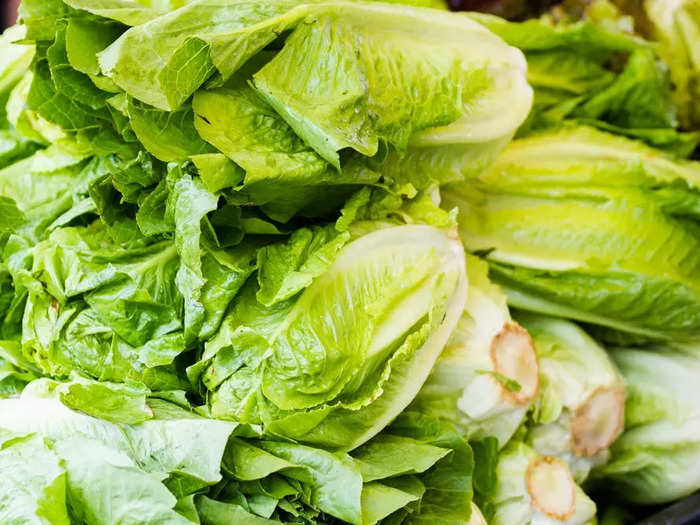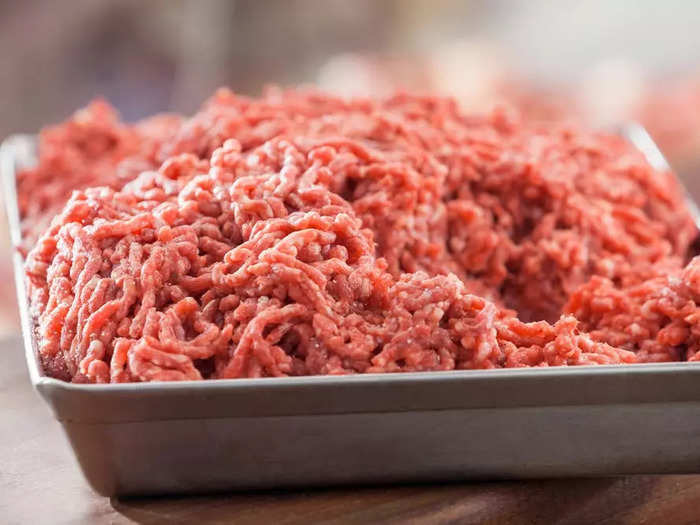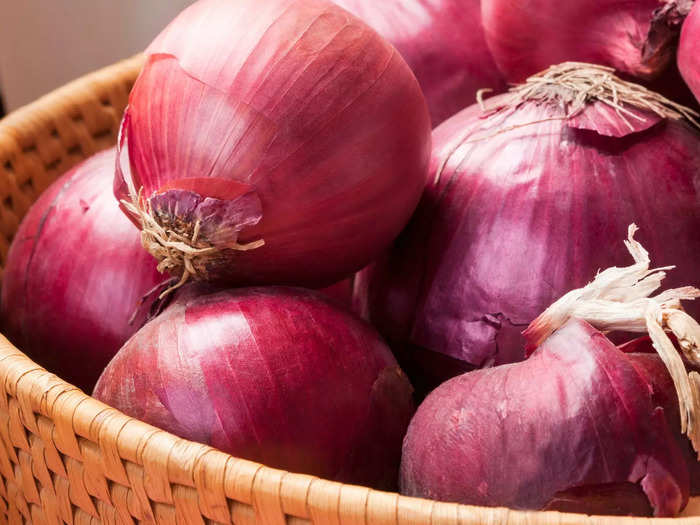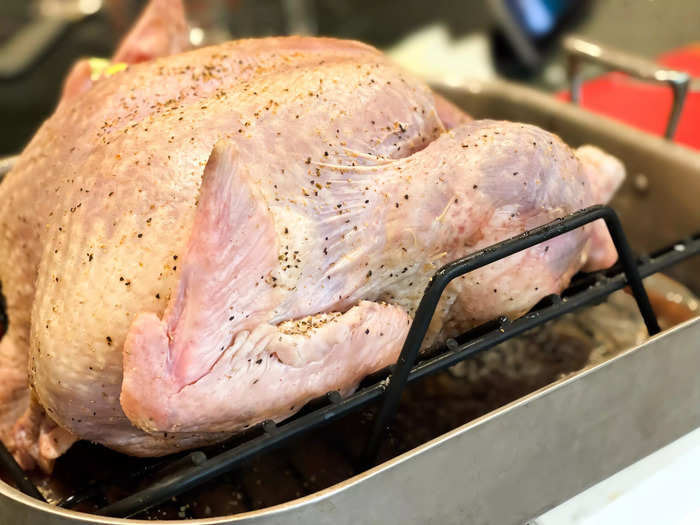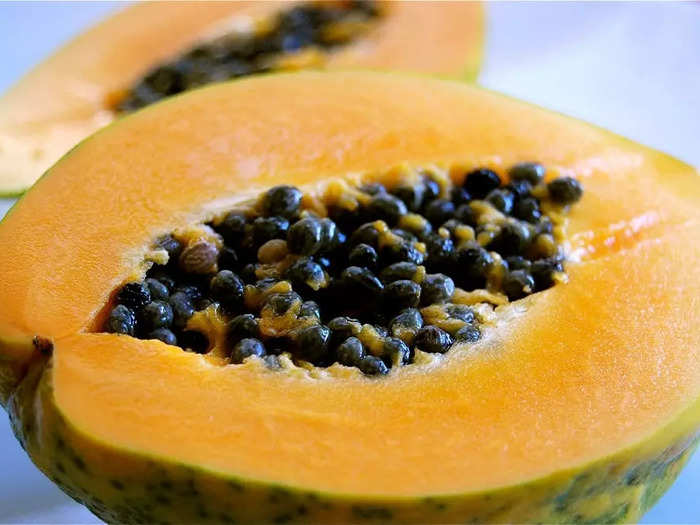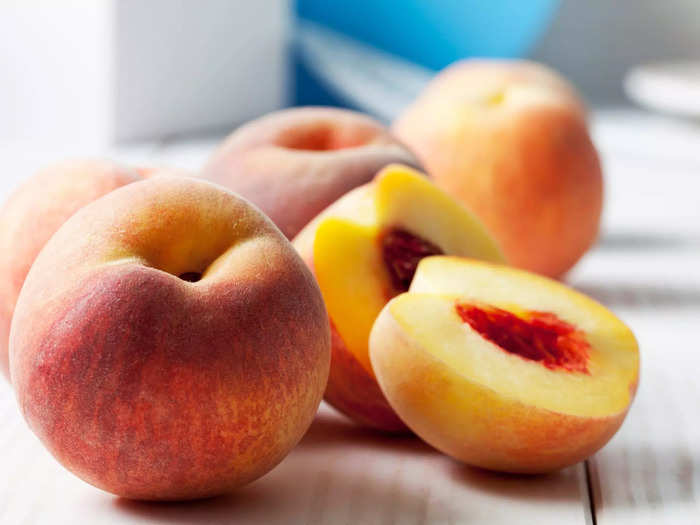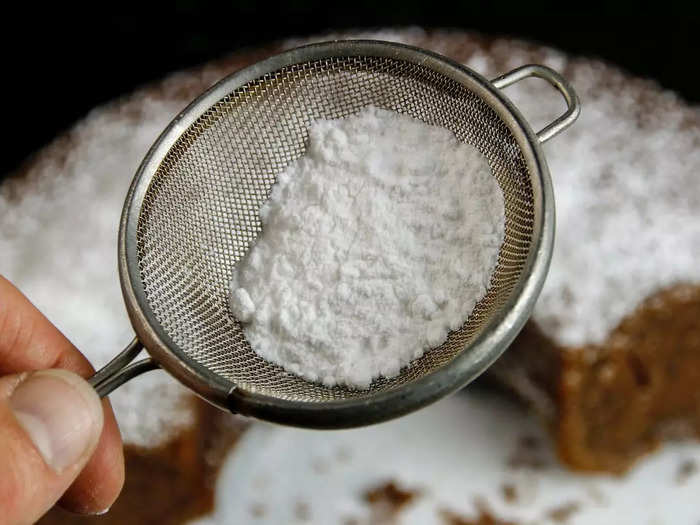Joern Pollex / Staff/GettyImages
- Consumer Reports ranked the top 10 foods recently linked to outbreaks and recalls.
- Leafy greens, deli meat and cheese, and ground beef topped the list.
From romaine lettuce salads to raw cookie dough, many modern fridge staples have a history of harboring bacteria that can make you sick.
As many as 48 million Americans fall ill from salmonella, listeria, E. coli, or other food borne bacteria and viruses each year, according to the Centers for Disease Control and Prevention. Symptoms of these infections include diarrhea and vomiting, which can lead to dehydration. Most people recover from food poisoning after a few unpleasant days, but in rare cases food borne illness can be deadly or require intensive care.
Luckily, most foods are just a wash or bake away from safe consumption. The majority of bacteria in food can be killed at high temperatures or avoided with smart kitchen hygiene, food safety experts have previously told Insider.
On March 30, Consumer Reports published a list of the top 10 riskiest foods based on food recalls and food borne illness data tracked by the CDC, the Food and Drug Administration, and the Department of Agriculture between 2017 and 2022.
Here's their list of foods that are most commonly contaminated, and how to consume them safely.
1. Leafy greens
The FDA recalled more than 4 million cases of romaine lettuce and salad greens from 2017-2022, according to Consumer Reports. Arina P Habich/Shutterstock
Outbreaks linked to romaine lettuce and bagged salads caused more deaths than any other food category in the past five years, according to Consumer Reports.
One likely source of contamination is water used to irrigate lettuce fields: When manure from a nearby feedlot gets into the lettuce irrigation system, the bacteria from an animal's feces may end up in your salad.
Between 2017 and 2022, a total of 614 people fell ill from E. coli or listeria traced back to leafy greens. Eleven of those people died.
Most notable were two massive recalls of bagged salads packaged by Dole and Fresh Express in 2021. Because salad greens are normally eaten raw — and most consumers don't re-wash pre-packaged lettuce — they have a higher risk of making you sick.
Try buying whole heads of lettuce and removing the outer leaves, which are most likely to be tainted by bacteria, Consumer Reports' experts said. Another alternative is cooking kale, collard greens, or Swiss chard instead of eating them raw.
2. Cheeses and deli meat
Consumer Reports counted 122 food borne illness outbreaks or recalls of deli products between 2017 and 2022. Getty Images/Neilson Barnard
Food safety agencies have recalled multiple batches of lunch meats including salami, ham, and sausage; as well as sliced cheeses, and soft cheeses such as brie, due to contamination with listeria.
Listeria is a bacteria that can survive the cold temperatures of your refrigerator, making it a particularly insidious threat. If one hunk or salami or cheese comes into contact with dirty hands, the whole deli counter could be contaminated with the hardy bacteria.
More than 90% of people infected with listeria require hospitalization, according to the FDA. The infection can also lead to miscarriages and stillbirths in pregnant people.
People who are pregnant or at high risk for infection should avoid deli meats and cheeses, and stick to the pre-packaged stuff instead.
3. Ground beef
Ground beef may be contaminated with bacteria found in animal feces and feedlots. Tyler Olson/Shuttershock
Packaged ground beef may contain dangerous strains of E. coli and salmonella. These bacteria can travel from a cow's gut onto your plate, and caused 643 people to fall ill between 2017 and 2022.
Salmonella is the more common bacteria, and caused 416 of those illnesses. But some strains of E. coli are so dangerous that they can lead to recalls even before anyone gets sick.
More than 13.7 million pounds of ground beef were recalled due to bacterial contamination during the five-year analysis period.
Ground beef is also considered more dangerous than whole cuts because bacteria can be mixed throughout the package, and can spread widely in a processing facility where meat is ground, according to Consumer Reports.
4. Onions
Onions are often cooked before eating, which kills the bacteria. Drbouz/Getty Images
While no one has died from eating a contaminated onion — as far as we know — the layered vegetable has caused at least 2,167 people to fall ill in the past 5 years.
Most of those cases were connected to two large recalls of onions in 2020 and 2021, which may have been irrigated with bacteria-laden water or contaminated at a packing house, according to an FDA investigation.
Onions are often cooked, which kills most food borne bacteria, but they can be risky to eat raw. Consumer Reports warned not to wash them in advance, as water causes onions to rot faster.
5. Turkey
Raw turkey and chicken may be contaminated with salmonella. Catherine McQueen/Getty Images
Salmonella is particularly widespread in poultry, in part because the bacteria can spread while workers remove the feathers from chickens and turkeys. The breasts and other cuts of the birds can be contaminated, as well as packages of ground meat.
A total of 398 people reported getting sick from turkey between 2017 and 2022, according to Consumer Reports.
6. Chicken
Washing raw meat is more likely to spread bacteria than get rid of it, one expert said. Getty/mikroman6
The USDA allows poultry producers to sell chicken that may contain some amount of salmonella — while farmers are required to test their animals for the bacteria, regulations leave some wiggle room for a shocking 25% of ground chicken that may test positive for salmonella at any given processing plant, according to Consumer Reports.
To avoid the risk of getting sick with salmonella, the CDC says to make sure to cook chicken and turkey to an internal temperature of 165° F.
It should go without saying that raw chicken is not safe to eat. But fewer people know to avoid washing chicken before cooking it. According to James E. Rogers, director of food safety research and testing at Consumer Reports, rinsing raw meat should be avoided because it runs the risk of spreading bacteria around the sink and cooking area.
7. Papayas
A total of 332 people reported illness linked to fresh papayas between 2017 and 2022, according to Consumer Reports. BI Australia
In 2019, the CDC reported an outbreak of 62 people infected with salmonella in eight states. The agency determined that they were all sickened by whole, fresh papayas imported from Mexico.
Imported fruit can run the risk of transmitting disease, as foreign countries might not have the same inspection standards as the FDA. Between 2017 and 2019, five outbreaks of infections from multiple strains of salmonella were linked to imported papayas, according to the NIH.
8. Peaches
According to Consumer Reports, 101 people got sick after eating peaches contaminated with salmonella. Getty
The FDA has recalled more than 113 million pounds of peaches due to contamination with salmonella, according to the report.
Most of those peaches were recalled in 2020, when peaches grown in California were linked to illness outbreaks in at least 17 states.
Peaches appear to have a similar bacterial contamination route to that of leafy greens, according to Consumer Reports. Many of the peach orchards implicated in the 2020 recall were located near feedlots, and they tested positive for salmonella strains often seen in livestock, so contaminated water or crop dust may be to blame.
9. Cantaloupe
In just 4 recorded outbreaks, contaminated cantaloupe sickened more than 300 people. Shutterstock
Cantaloupes and other melons are often cut into cubes or balls before they're sold. This increases the risk of contamination, as cutting into produce may spread bacteria from its surface to its flesh.
Washing and cutting your own fruit can help you avoid contamination with salmonella or listeria, which could survive in your fridge. Make sure to wash the outside of the fruit before slicing it to remove dirt, bacteria, and pesticides.
10. Flour
Flour might not seem like a raw ingredient, but it can carry salmonella before it is cooked. Shutterstock
The CDC recently reported another outbreak of salmonella linked to raw flour, sickening 12 people from 11 different states. Most of them reported eating raw dough or batter before they became ill.
Even a small amount of uncooked dough could be enough to make you sick to your stomach, the agency warned. And while you might think raw eggs are the problem, flour is also a raw ingredient that needs to go into the oven before eating.
Heat-treating flour in the oven or microwave will kill salmonella and any other harmful germs, and you can also buy heat-treated flour in stores, food safety lawyer Bill Marler previously told Insider.
Brownie and cake mixes have also been found to contain E. coli, most recently sickening 16 people in 2021.

